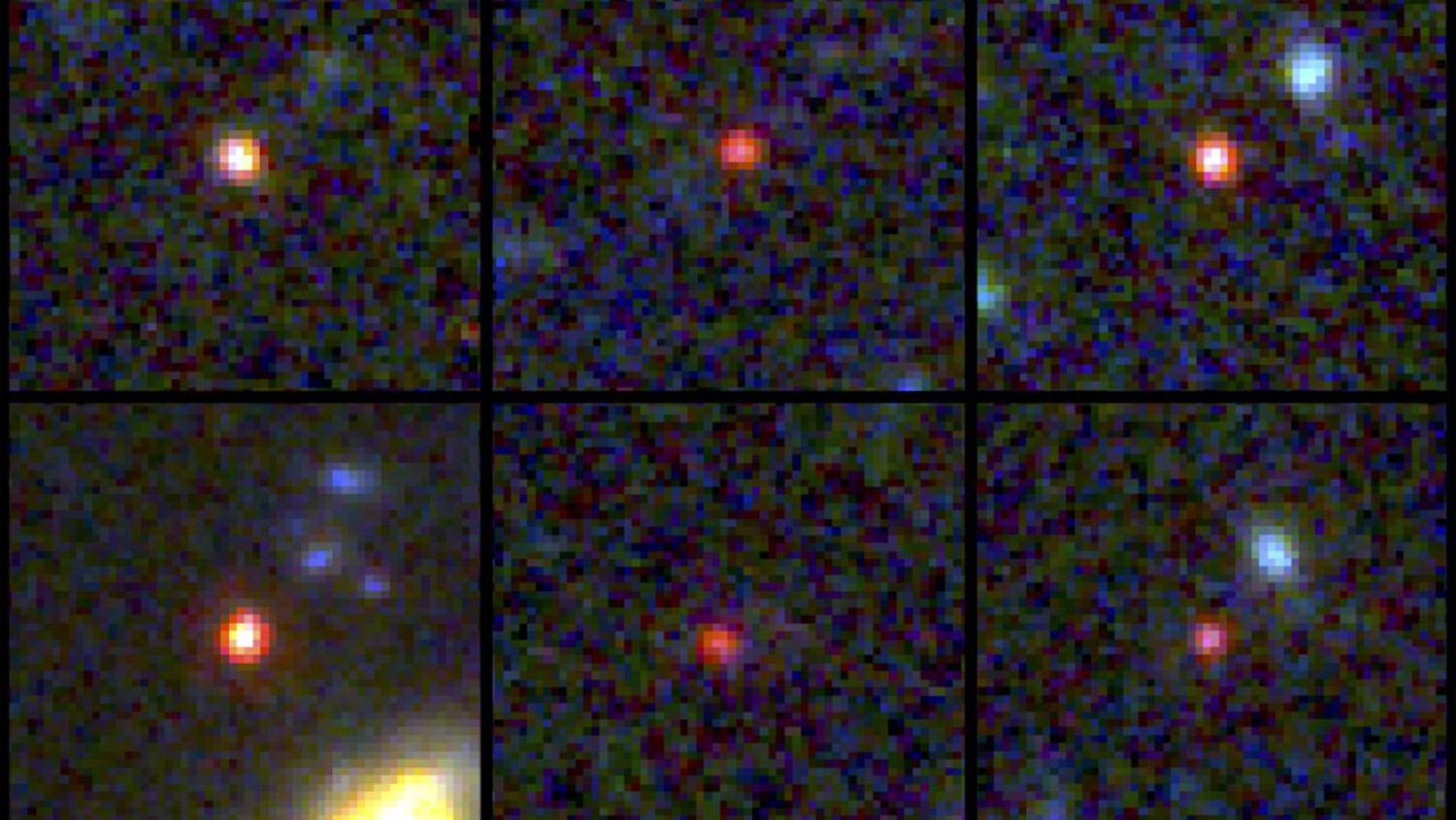
Study Confirms: Webb Telescope Debunks the Big-Bang Theory
A group of scientists published a paper in Nature yesterday analyzing some of the oldest galaxies the James Webb Space Telescope has discovered. And it’s a big problem for the big-bang theory.
We expected only to find tiny, young, baby galaxies at this point in time, but we’ve discovered galaxies as mature as our own in what was previously understood to be the dawn of the universe.
—Joel Leja, assistant professor of astronomy and astrophysics at Penn State University
The currently accepted theory is that galaxies gradually evolved out of a soup of particles that came from the big bang. Known as the “Lambda-cdm” model, it predicts that small, simple galaxies came together a few hundred million years after this big bang and that the large, more complex, brighter galaxies that dominate the sky today evolved more recently.
Photos from the James Webb Space Telescope show a different picture.
The revelation that massive galaxy formation began extremely early in the history of the universe upends what many of us had thought was settled science. We’ve been informally calling these objects “universe breakers”—and they have been living up to their name so far. …
We looked into the very early universe for the first time and had no idea what we were going to find. It turns out we found something so unexpected it actually creates problems for science. It calls the whole picture of early galaxy formation into question.
—Joel Leja
A mistake? Leja said that when they first started seeing pictures of these early galaxies over the summer, he thought it was a mistake. “But we have yet to find that mistake, despite a lot of trying,” he admitted.
He wasn’t alone. Many scientists suggested that Webb’s discovery of large, early galaxies was some kind of mistake. The Nature study focused on 13 of these galaxies—six of which are very large. They were unable to find any kind of error—these galaxies appear to be as old and as large as they seemed at first.
Scientists expected that the largest galaxies from this time period would have a mass of about 1 billion suns. These are about 50 times larger than that. These early galaxies also appear to contain old stars.
Describing these six massive galaxies, Space.com writes: “Nobody expected them. They were not supposed to be there. And now, nobody can explain how they had formed.”
The size of these galaxies isn’t the only problem. As the initial results rolled in last year, Allison Kirkpatrick, an astronomer at the University of Kansas in Lawrence, told Nature, “Right now, I find myself lying awake at 3 in the morning, wondering if everything I’ve ever done is wrong.”
God’s handiwork: As Webb launched, nasa administrator Bill Nelson looked back to when “a shepherd grazing his sheep would look up at the night sky. He became a poet. And he penned the words, ‘The heavens declare the glory of God; the firmament shows his handiwork.’ That shepherd, that poet, became king. And those immortal words in Psalm 19 encapsulate the expressions that we have today—the handiwork of God—as we peer back in time, over 13 billion years ago, [and] capture the light from the very beginning of the creation.”
These heavens continue to declare God’s glory in even greater detail. Keep watching the results of this space program as it points back to your Maker and forward to your future. The only question is, Will we listen to Him? And for more on these early results from Webb, read our article “Has the Big-Bang Theory Exploded?”
